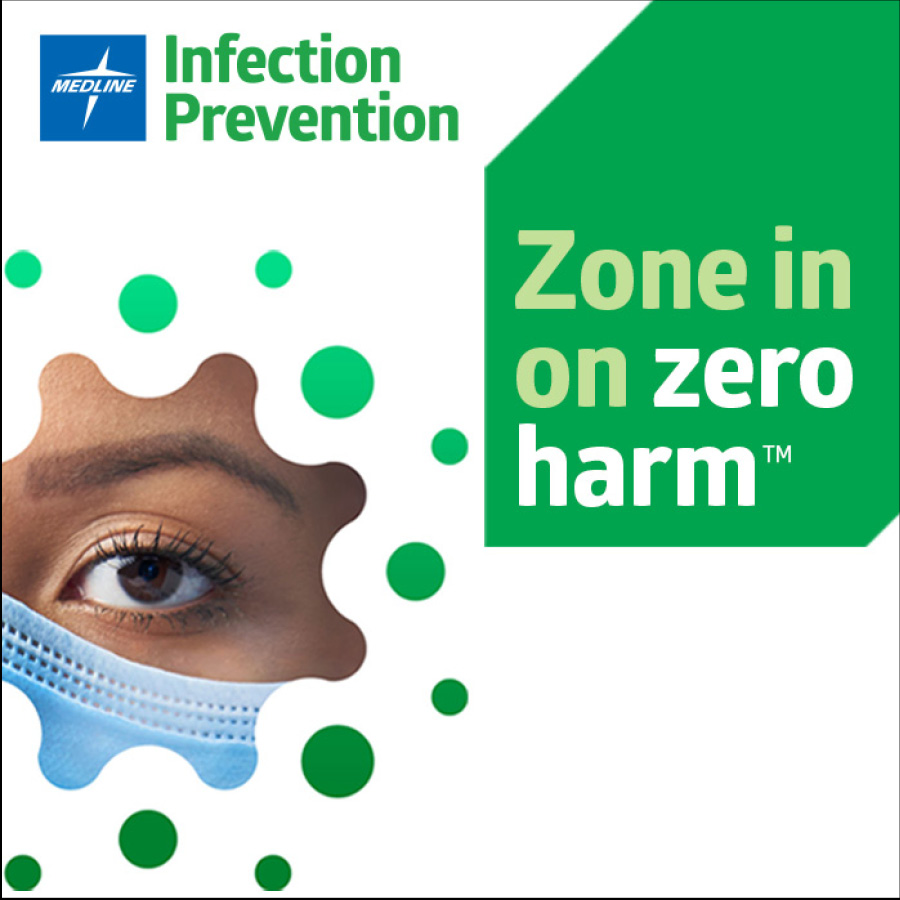Reducing Readmissions with Strategic Hospital-Nursing Home Partnerships

By Cynthia Morton | August 30, 2017
The proof is in the numbers. Reducing hospital readmissions matters. A recent overview of the Nationwide Readmissions Database found that out of 12.5 million patients, 1.8 million were readmitted within 30 days. That equates to more than $50 billion in hospital costs. Policy makers are putting pressure on nursing homes with three major governing programs that have a readmission measure in order to incentivize providers to reduce admissions. All three – the IMPACT Act, value-based purchasing and 5 Star Quality Reporting System– leave providers with a big question: how do you keep patients from going back to the hospital?
There is no one quick fix, but it’s mutually beneficial for nursing homes and hospitals, which are under a readmission penalty as well, to proactively partner together as one key way to reduce patient readmissions.
The time is ripe for strategic partnering
With increased pressure to do reduce readmissions, hospitals are looking at their care paths and “narrowing their networks.” That is, they are limiting the number of nursing centers where patients are discharged to those they trust will best undertake the right care paths that ensure unnecessary readmissions.
This shift presents several big opportunities to nursing homes. They can develop value proposition messaging around why they fit this bill. What’s more, they have the opportunity to initiate dialogue with hospital partners to tell the story of their path of care and what they do to reduce readmissions.
Simultaneously, now is the time for nursing facilities to evaluate their own path of care and broaden it beyond their own walls. Nursing homes cannot not be responsible for a patient when they leave the nursing home; the care plan has to extend to a patient’s home through a Part B or home health plan. A nursing facility that can be more than a silo of care and can facilitate the continuum of care beyond their facility will be poised for successful partnerships with hospitals.
Lastly, there is an opportunity for nursing homes to be leaders and educate hospitals. Right now, hospitals are at varying degrees of understanding about the post-acute care setting and various stages of receptiveness of partnering with nursing homes to reduce readmissions. Some are behind, while others are savvier. For example, hospitals with less know-how may rely only on the Star Rating off of Nursing Home Compare, without having the full value and capability story from the facility directly. The education can focus on best practices to reduce readmissions and craft processes and procedures, while simultaneously making their case to be the provider of choice to take a hospital’s discharges.
Put your best foot forward
Strategic partnerships between nursing homes and hospitals won’t materialize overnight. For nursing homes, there are specific initiatives that can be taken now that go a long way. Here are a few best practices:
- Look internally: make a favorable impression—in terms of what you do best and have your data prove that. Do you treat and have success with a certain type of patient? Can you take a broad swath of patients? Do you have several paths of care that you know are successful and prepare your case for explaining that to a hospital audience? Knowing this, and having data to back it up, helps build your value proposition to the hospital audience.
- Know your patient population: communicate to hospitals about diagnoses specializations, staff competencies to meet those diagnoses, protocols that a hospital would recognize to specialize with patients, etc. Also, know that your hospital may not speak “nursing home” lingo, so be sure to explain what you mean.
- Build credibility through data: the importance of data cannot be underscored enough. Identify several key metrics to bring to life the value of your path of care, such as re-hospitalization rates, why patients were re-hospitalized, where patients go and how they do after their stay at your nursing facility. Implementing business tools and training for staff in long-term care can help in compiling the shareable information.
Look to therapy and rehab partners
Therapy and rehab is a critical part of the nursing home-hospital partnership equation for reducing readmissions. That’s because certain disciplines of therapy and rehab that focus on a patient’s level of function and self-care, can be a determinant if they can successfully remain at home. Patients must have adequate functional ability to live within their own homes. A lack of such functional ability could contribute to an event, such as a fall, which would cause the patient to have to go to the hospital.
Patients will not reach the ability to remain at home with nursing care alone. Nursing care has to be in conjunction with both physical and occupational therapy. The proper equipment that allows the patients to stand independently, can help a facility work toward that goal.
Beyond just improving a patient’s physical capabilities, rehab and therapy can help discern whether the patient’s home environment is conducive for the patient to live in. An occupational therapist can conduct a safety assessment before the patient even goes home, and can make modification recommendations to help make sure the patient remains successfully at home. Therapists can also educate the patient’s family and social support system.
How are you changing your mindset or approach to make partnerships more strategic?
Cynthia Morton
Executive Vice President for NASL
Cynthia K. Morton, MPA, is a national expert on Medicaid, Medicare and other public policy affecting the long term and post-acute care sector. Currently, she serves as the Executive Vice President for the National Association for the Support of Long Term Care (NASL), where she advocates for her members’ interests. Prior to joining NASL, Morton served as the Vice President for Political Affairs for the American Health Care Association/National Center for Assisted Living (AHCA/NCAL). Morton graduated from James Madison University with a Bachelor of Science in political science and holds a Master’s degree in Public Administration from Virginia Commonwealth University.
